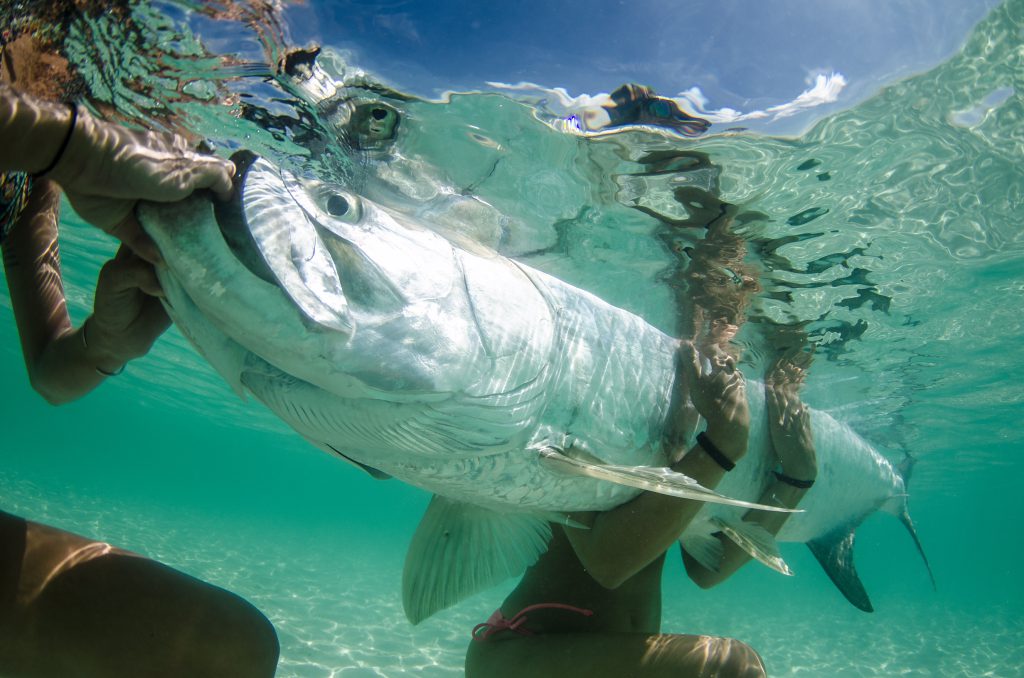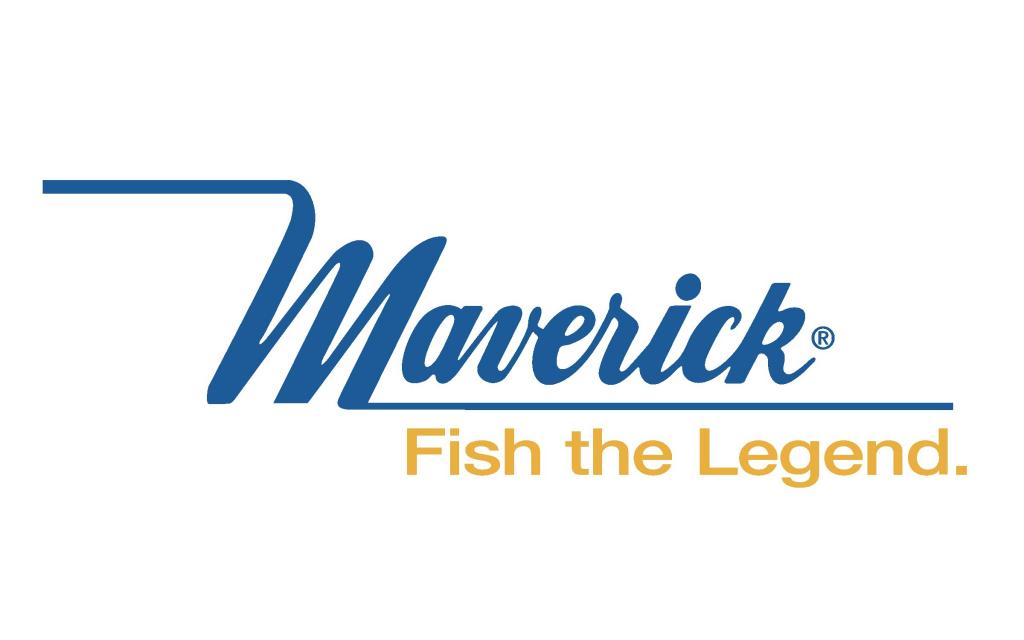photo: Jordan Carter
BTT’s Tarpon Acoustic Tagging Project, generously sponsored by Maverick Boat Group, is well underway. The purpose of this study is to obtain scientific data necessary for tarpon conservation that will be used exclusively to protect tarpon and enhance their habitat through improvements in fishery management. Although satellite tagging previously funded by BTT provided valuable data, the tags typically only stayed on the tarpon for a short time, which prevented long-term tracking. In addition, because of the large size of the satellite tags, their use is limited to tarpon over 80 pounds. Advantages of acoustic tags are that they are smaller and less invasive and can remain with the fish and active for up to five years rather than a few months. In addition, because acoustic tags come in a range of sizes, they can be used on small tarpon, not just the extra-large adults. They also cost significantly less than satellite tags.
Acoustic tags are surgically implanted in the abdomen. Each tag emits an ultrasonic ping that has a unique code for each tag. These pings are detected by underwater receivers when a tagged fish swims within range. As part of this four-year study, BTT will place 20 new receivers in waters around Florida, to add to the 60 receivers we already have in the water. In addition, colleagues at universities and state and federal agencies are using this technology to study movements of other fish species. Their receivers will also detect BTT tarpon tags. With more than 1,300 receivers in the water in the Gulf of Mexico, and more than 3,000 along the southeastern US coast, this project will be able to examine both local and long-distance movements for many years.
Acoustic Tarpon Tagging Updates:
- Thus far, 26 tarpon have been acoustically tagged, from Georgetown, SC, to Key West to Charlotte Harbor, FL.
- The weight of tagged tarpon ranges from 5 to 170 pounds.
- Some of the tagged tarpon have moved long distances, others have remained in a small home area.
- One of the interesting long-distance movements was a 55-pound tarpon that was tagged in Charlotte Harbor was later detected as far away as Cape Canaveral.
- The science crew will do another download of the data from the acoustic receivers in the coming month, which will give us more information on tarpon movements.
- The tagging effort is ramping up again, with a goal of tagging 50 tarpon in 2017.
We would like to thank the project’s sponsor Maverick Boat Works for their generous support of this important research.





